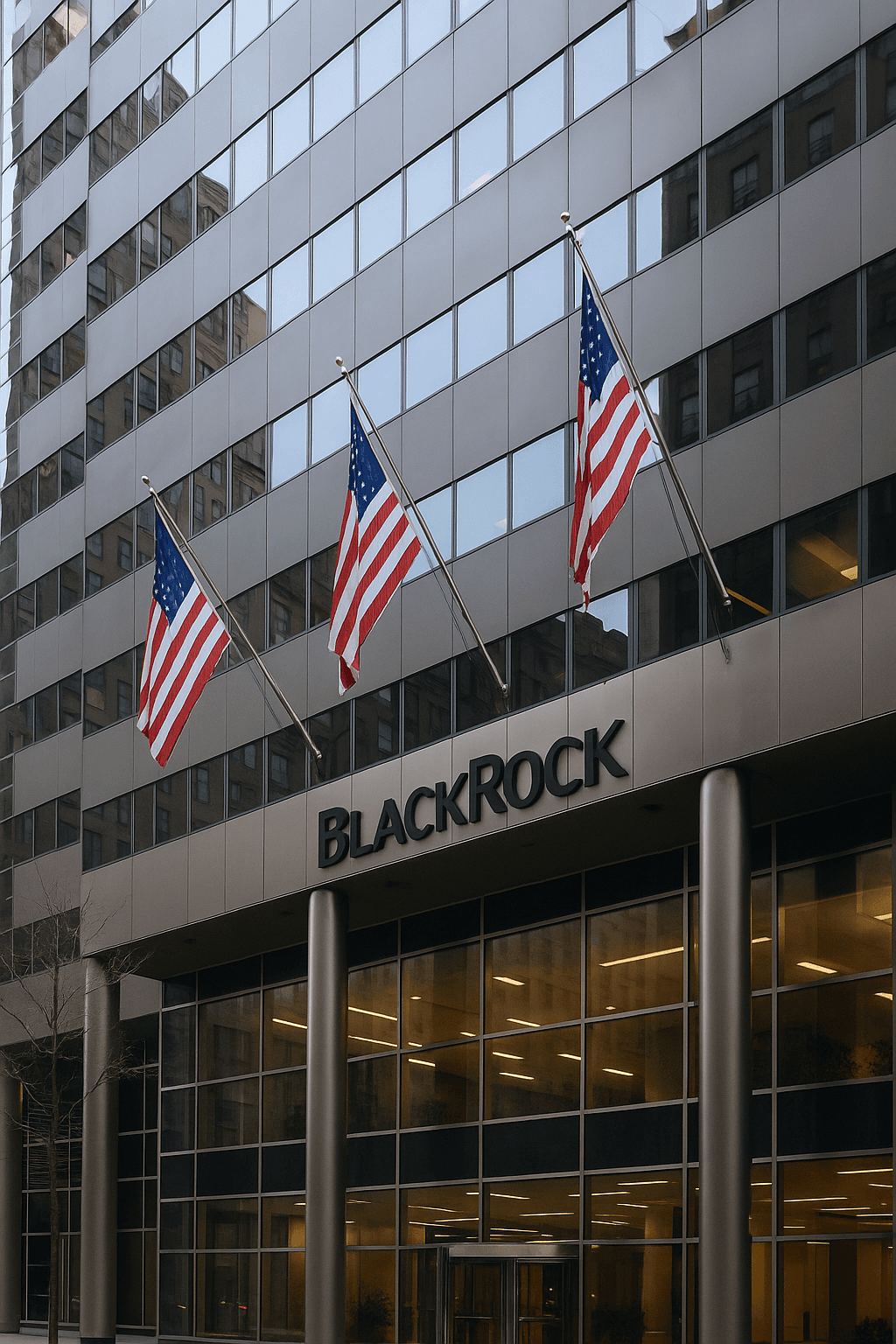BlackRock in 2025: Scale, Scrutiny, and What It Means for Fund Managers
BlackRock’s assets reached a record $12.53 trillion in Q2 2025. This article explores the firm’s scale, regulatory challenges, and strategy across ETFs, private markets, and technology — and what it means for fundraisers and competitors.

BlackRock in 2025: Scale, Scrutiny, and What It Means for Fund Managers
In Q2 2025, BlackRock’s assets under management hit $12.53 trillion, a record that puts the firm in a class of its own. The growth reflects both market appreciation and inflows into its core ETFs, index funds, and expanding alternatives platform. For perspective, BlackRock now manages more capital than the GDP of China.
Scale brings strength — but also scrutiny. Regulators, competitors, and clients are asking whether BlackRock’s dominance makes it too big to ignore. For fundraisers and institutional investors, understanding how this scale translates into market behavior and allocator dynamics is essential.
Market Context
- Assets under management (AUM): $12.53T as of June 30, 2025, up from ~$10.65T a year earlier.
- Revenue: $5.42B for Q2 2025, +13% year-over-year.
- Net income: $1.59B in Q2, up 7% year-on-year.
- Operating margin (adjusted): 43.3%.
- Net inflows: $68B in Q2 — positive but down nearly 10% vs. Q2 2024.
Performance fees slipped sharply to ~$94M, from ~$164M a year earlier, highlighting pressure in active strategies. Technology services, meanwhile, rose 26% year-on-year to $499M, driven in part by the Preqin acquisition and ongoing Aladdin growth.
The “Too Big” Debate
Regulatory pressure
In September 2025, the SEC issued guidance requiring stricter disclosure for governance engagement. BlackRock and Vanguard responded by scaling back meetings with corporate executives, particularly on climate and policy issues. The shift underscores concerns that large managers may exert outsized influence without transparency.
Systemic risk
With positions in nearly every major index, BlackRock is a top shareholder in most large public companies. Its ETF ecosystem has become essential market infrastructure. Critics argue that if BlackRock were ever disrupted, the shock would ripple through global markets.
Market power
BlackRock’s combination of ETF dominance, stewardship voting power, and its Aladdin technology platform has created industry-wide dependencies. Smaller managers worry about concentration; regulators watch for conflicts of interest as BlackRock blends index funds, private markets, and advisory work.
Strategic Shifts
BlackRock’s growth story is no longer only about low-cost ETFs.
- Private markets: Inflows of ~$6.8B in Q2 highlight rising allocations to private credit, real assets, and infrastructure. Management has signaled that private markets and tech could reach ~30% of revenue by 2030 (vs. <20% today).
- Technology: Aladdin remains the dominant risk platform, now integrated with RepRisk ESG data covering 400,000+ companies. Technology revenue hit $499M in Q2 2025.
- Acquisitions: The 2025 purchase of Preqin added private-market data capabilities, bolstering BlackRock’s push into alternatives and tech services.
- Client mix: Institutional mandates remain critical, but withdrawals like the $52B redemption by an Asian fixed-income client show concentration risks.
What This Means for Fundraisers and Competitors
Differentiation is essential. Competing on cost against BlackRock’s ETFs is a losing game. Specialized strategies, local expertise, or niche asset classes are where smaller managers can stand out.
Partnership opportunities exist. In private credit and infrastructure, BlackRock often seeks co-investment partners. Alignment and scale readiness matter.
Regulatory tone sets the bar. As BlackRock adapts to SEC scrutiny, expect similar governance expectations to filter down to mid-sized managers.
Technology expectations rise. With Aladdin setting standards, LPs increasingly expect institutional-grade risk management and reporting from all managers.
The Altss Angle
For firms navigating a world where BlackRock is both competitor and benchmark, intelligence matters.
- Altss tracks over 9,000 family offices — the largest verified database — plus institutional LPs globally.
- 30-day refresh cycles ensure allocator data is current, avoiding stale contacts and missed signals.
- Signals and warm paths highlight board changes, mandate shifts, and co-investment opportunities, turning research into actionable outreach.
- Pricing: $15,500 per year.
Altss doesn’t replicate BlackRock’s scale — it helps fundraisers compete by finding the right allocators and timing their approach.
Conclusion: Takeaways for 2025
- Scale: BlackRock’s $12.53T AUM dwarfs peers and cements its role as systemic infrastructure.
- Growth engines: Private markets and technology are becoming critical to offset fee pressure in ETFs.
- Scrutiny: Regulatory oversight is tightening, particularly on stewardship and influence.
- Fundraising relevance: For GPs, competing with or partnering alongside BlackRock requires clarity, focus, and intelligence.
- Altss edge: With verified data on family offices and LPs, Altss provides the visibility needed in a market dominated by giants like BlackRock.
FAQ
How much does BlackRock manage in 2025?
$12.53 trillion AUM as of Q2 2025.
What drove the growth?
Market gains, ETF inflows, and expansion into private markets and technology.
What new regulatory changes affect BlackRock?
SEC guidance in 2025 restricted executive meetings and forced greater disclosure on governance engagements.
How profitable is BlackRock now?
Q2 2025 revenue was $5.42B (+13% YoY), with net income of $1.59B.
What does this mean for smaller managers?
Differentiate offerings, build niche expertise, and use intelligence platforms like Altss to target allocators efficiently.
Related articles

Mukesh Ambani’s Family Office: Scale and Strategy in India’s New Capital Era (2025)
Mukesh Ambani’s family office sits at the center of Reliance’s legacy and India’s transformation. This 2025 profile explores its role as an allocator, its investment strategy, and implications for global fundraisers.

Global Single-Family Office Migration and Regional LP Activity Trends (2025)
A data-driven analysis of global family office migration and limited partner activity trends in 2025 across the U.S., Latin America, Asia-Pacific (Singapore), Dubai, and Europe. Explore how tax-driven moves (New York to Florida, UK to Spain), new SPV formations, digital-first “virtual” offices, and cross-border capital flows are reshaping the private capital landscape – and why real-time regional intelligence is now critical for fundraisers.